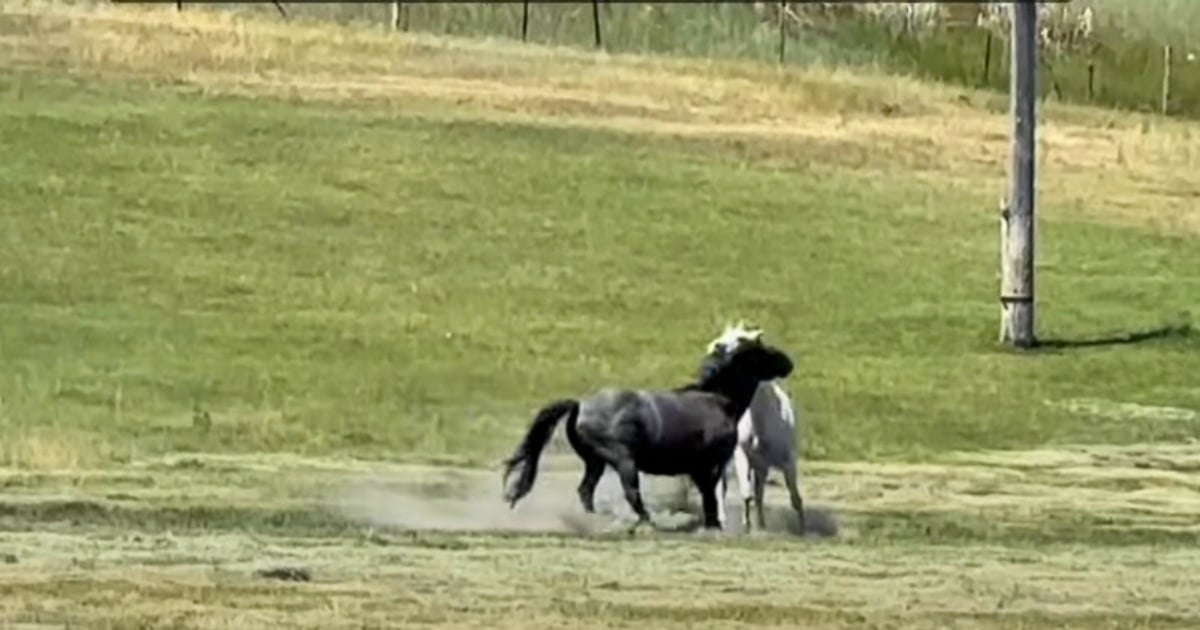Featured

Mama Dog Walks Into Vet With Heart-Melting Request Earning Over 3M Views
In a world brimming with stories of resilience and kindness, one moment from Turkey has captured hearts worldwide. A stray dog performed an extraordinary act of love, carrying her lifeless puppy to a veterinary clinic for help. This incredible display of maternal instinct and trust has left people deeply moved. The touching scene, recorded on...
Jake Manning
05.05.25
Stay up to date on the latest stories on Animal Channel.
By signing up, I agree to the Terms and Privacy Policy

Thanks for signing up!
You're now subscribed to the latest stories.
Dogs
Normal car ride between woman and dog takes a turn the moment Michael Jackson song comes on
Michael Dabu
07.15.24
Aww!
Goldendoodle meets baby brother and it quickly turns into the most heart-melting footage
Jake Manning
07.15.24
Dogs
Scared dog found tied to pole by highway with heartbreaking note explaining why
Luis Gaskell
07.15.24
Cats
Man rescues tiny black cat from field not knowing he’d quickly return the favor
Elijah Chan
07.12.24
Rescue
Alligator snatches puppy but quickly learns he messed with the wrong dad
Jake Manning
07.12.24
Aww!
Crane shows up on human friend’s doorstep so she can introduce her ‘babies’
Michael Dabu
07.12.24
More Top Stories
Pets
Pets
Owner captures priceless footage of horses snoring and farting while they dream
Michael Dabu
06.11.24
Pets
Dog is crazy about trying to win cat over for 2 years but cat keeps throwing a wrench in the plan
Luis Gaskell
05.20.24
Pets
Cat contemplates attacking dog then finally pulls the trigger forcing dog to react
Michael Dabu
05.07.24
Pets
Pet squirrel fights off burglar who picked the wrong home to break into
Michael Dabu
04.23.24
Pets
Amish men spot SUV stuck in a snowy ditch and show the driver the meaning of “horsepower”
Michael Dabu
02.27.24
Pets
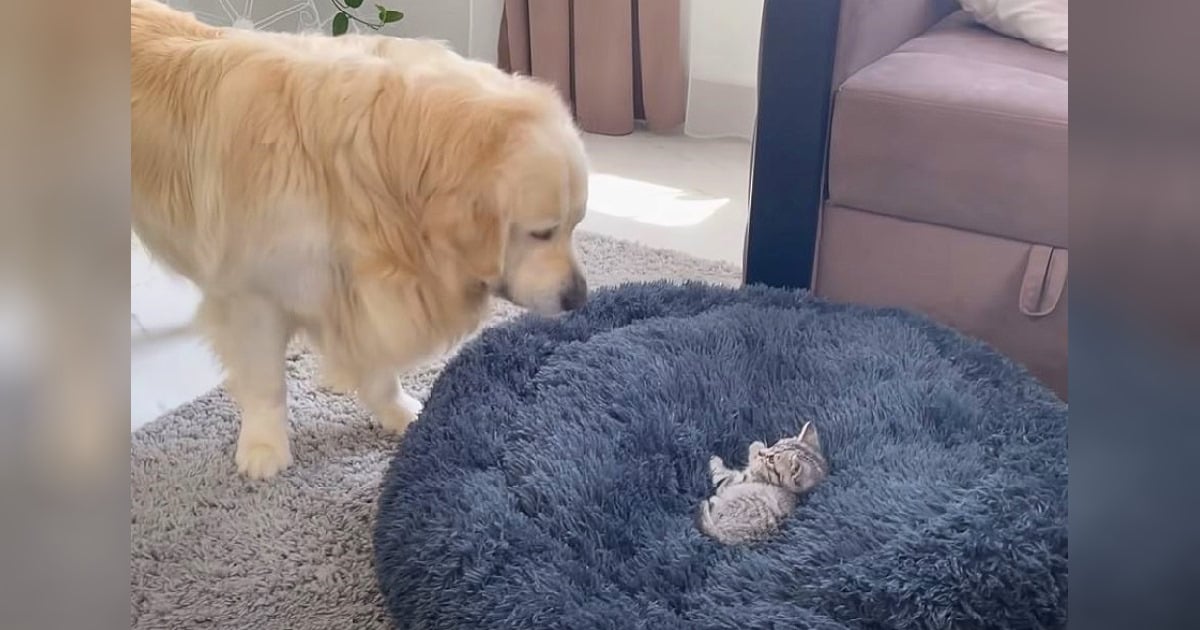
Golden’s comical ‘showdown’ with kitten over bed scores 41M views
Just imagine you’ve got a tiny cat and a big dog at home. Naturally, you’d get a small bed for the cat and a larger one for the dog. It’s just common sense, right? But, as many pet owners know, things don’t always go as planned. You might just walk in to find your little...
Jake Manning
02.23.24
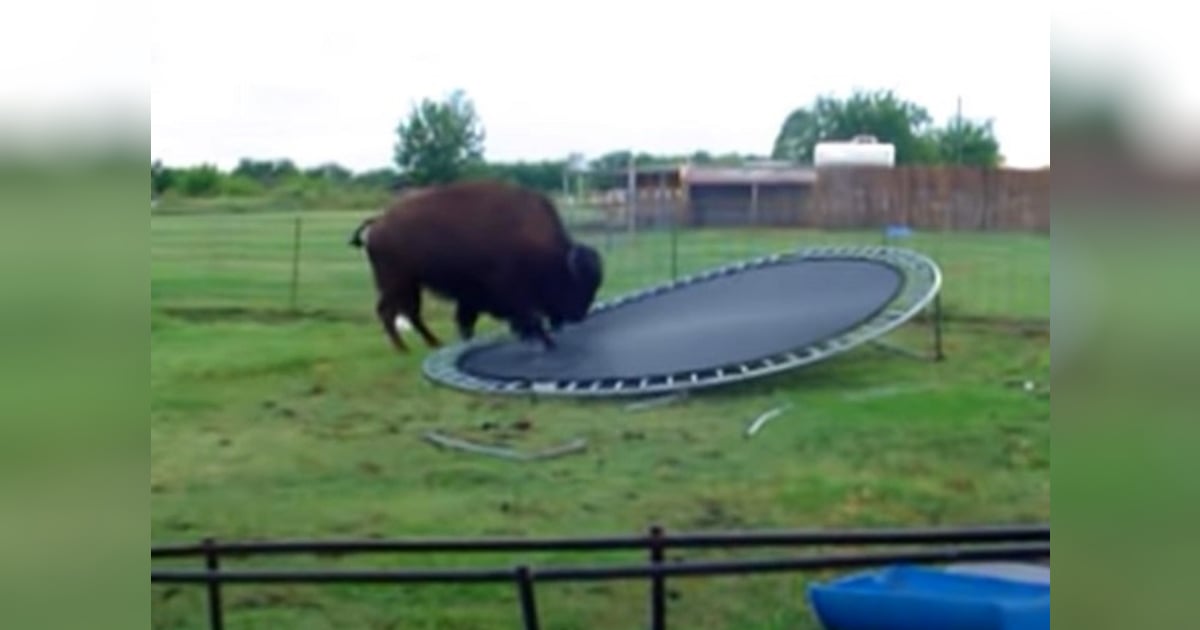
Buffalo discovers family’s trampoline and hilarity ensues
Jake Manning
02.20.24
Recommended for you
Rescue
Rescue
Cop is puzzled when a goose knocks on his car window until he realizes she’s desperate for help
Elijah Chan
06.25.24
Rescue
Woman discovers pregnant dog dumped on street and can’t turn her back on her
Elijah Chan
06.24.24
Rescue
Man out biking encounters tiny puppy “as big as a soda bottle” and makes him his road dog
Michael Dabu
06.20.24
Rescue
Guy rescues baby deer from lake and then goes on heartwarming mission to reunite her with mom
Michael Dabu
06.20.24
Rescue
“Heartless trapper” melts 3.5 million hearts crossing cold river to rescue baby deer
Elijah Chan
06.20.24
Recommended for you
Friendship
Friendship
Border collie runs up to newly-arrived horse and asks if he’ll be his ‘best friend’
Michael Dabu
06.17.24
Friendship
Grandpa and golden retriever work together to make ‘cutest’ gift for his squirrel best buddy
Luis Gaskell
06.17.24
Friendship
Dog fascinated by sharks jumps in the water to swim with them
Elijah Chan
05.28.24
Friendship
Lonely mini horse melts hearts meeting new best friend who’s just his size
Luis Gaskell
05.15.24
Friendship
Timid and lonely blind cougar melts hearts meeting his new furry ‘best friend’
Michael Dabu
05.01.24
Friendship
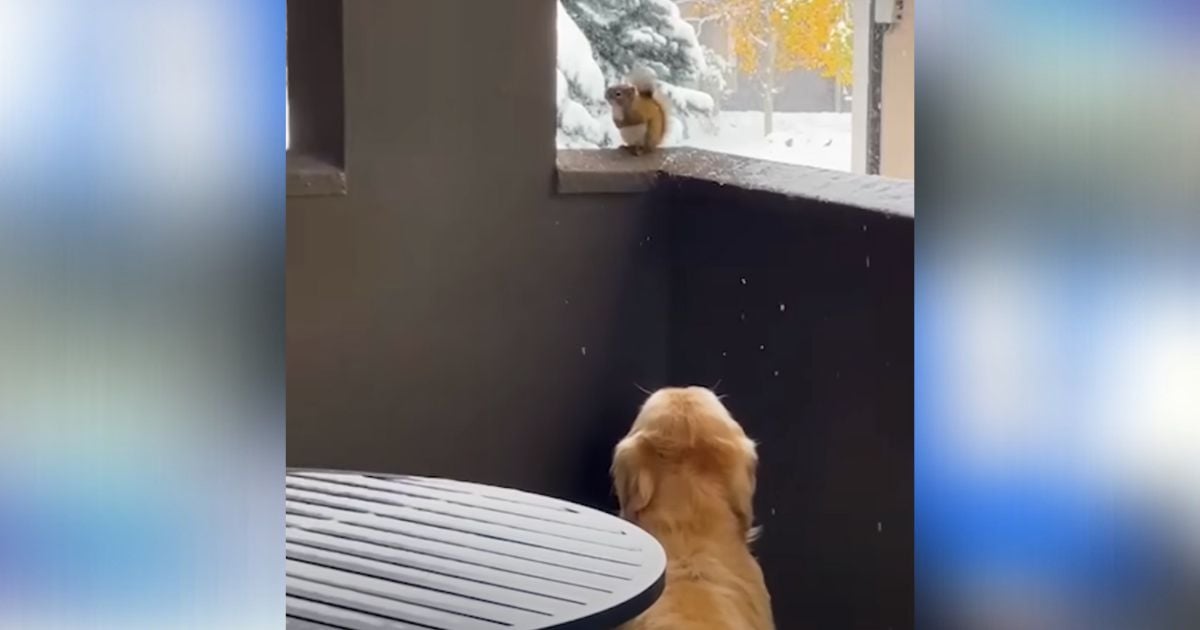
Squirrel befriends dog. When she fully trusts him she brings her babies to meet him
In a peaceful suburban backyard, an extraordinary bond blossomed between Chippy, a cautious squirrel, and Murphy, a gentle and loving dog. Initially, Chippy was hesitant around Murphy, but as trust was established, she began visiting him daily. Their unique friendship across species lines captured the hearts of all who witnessed it. This bond beautifully illustrated...
Luis Gaskell
04.29.24

Baby melts hearts with adorable ‘response’ to meeting his eight cat siblings
Jake Manning
04.25.24
Recommended for you
Aww!
Aww!
Mom lays baby down by Golden Retriever and captures the cutest ‘conversation’
Jake Manning
06.26.24
Aww!
Rescuer introduces new pup to the rest of the pack hoping they’ll “accept” him
Luis Gaskell
06.25.24
Aww!
Adorable critter that looks like a ‘furry potato’ is an evolutionary marvel
Elijah Chan
06.25.24
Aww!
Goose mama taps on police officer’s shoulder and leads him to baby in need
Elijah Chan
06.24.24
Aww!
Dad can’t contain emotions when dog does ‘sweetest’ thing while meeting new baby sister
Michael Dabu
06.24.24
Recommended for you
More from Animal Channel
Aww!

Aww!
Sweet labrador retriever melts hearts with her ‘adorable’ greeting for mail lady
Michael Dabu
07.11.24
Rescue
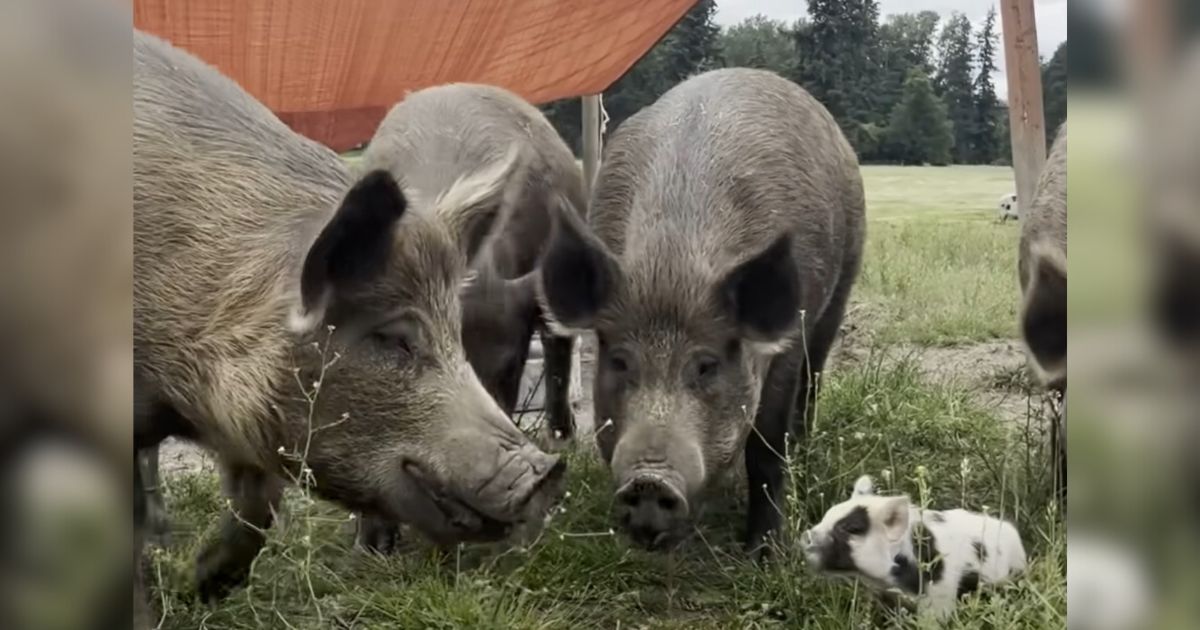
Rescue
Little piglet with zero understanding of personal space meets “the big pigs”
Luis Gaskell
07.10.24
Rescue

Rescue
Woman pulls over in neighborhood to dump puppy without a second glance back
Michael Dabu
07.10.24
Aww!

Aww!
Squirrel that visits woman’s home all the time finds a charcuterie board waiting for it
Michael Dabu
07.10.24
Aww!
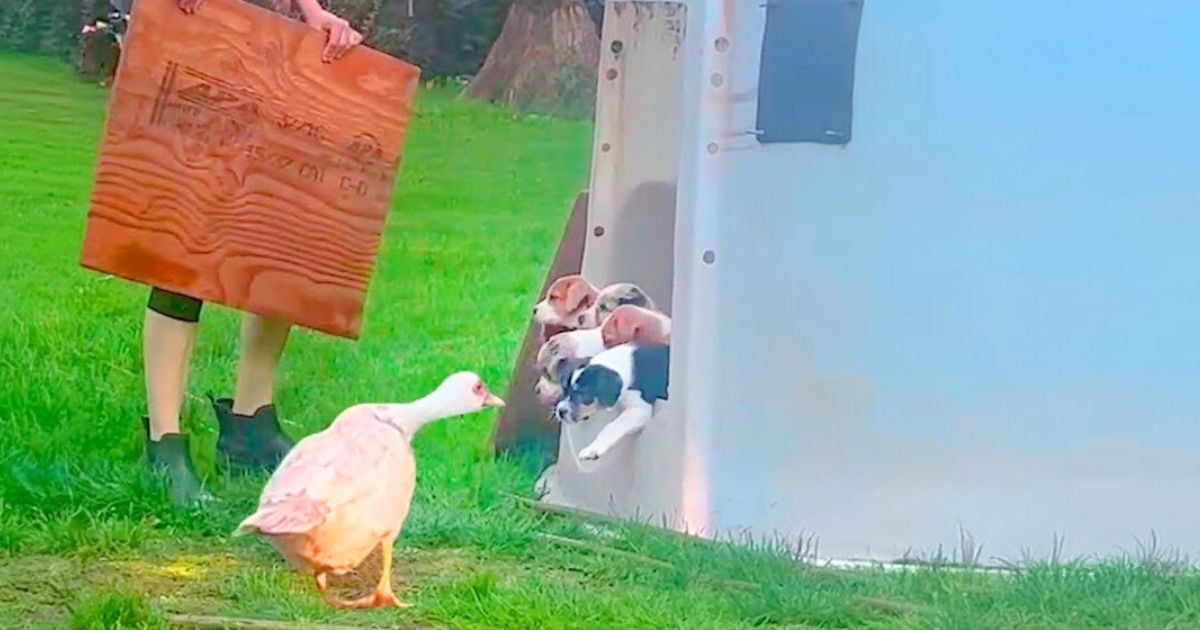
Aww!
Disabled duck who ‘nobody wanted’ can’t contain emotions when she finds her ‘true calling’
Michael Dabu
07.10.24
Dogs
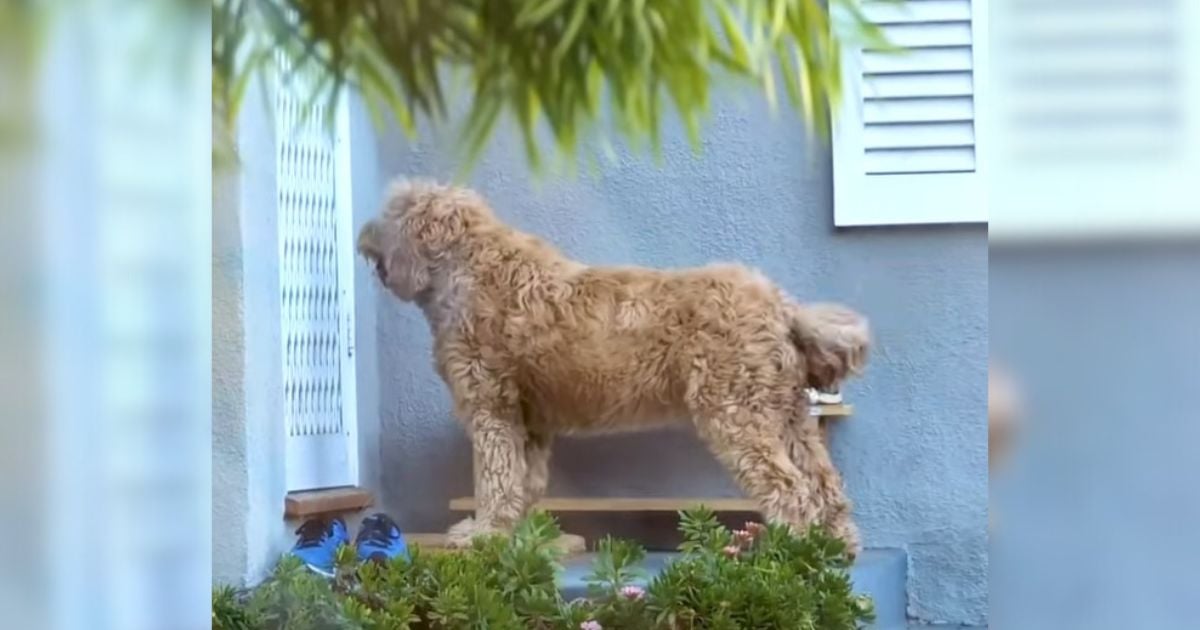
Dogs
Curly-haired Goldendoodle knocks on their neighbor’s door for adorable reason
Luis Gaskell
07.10.24








